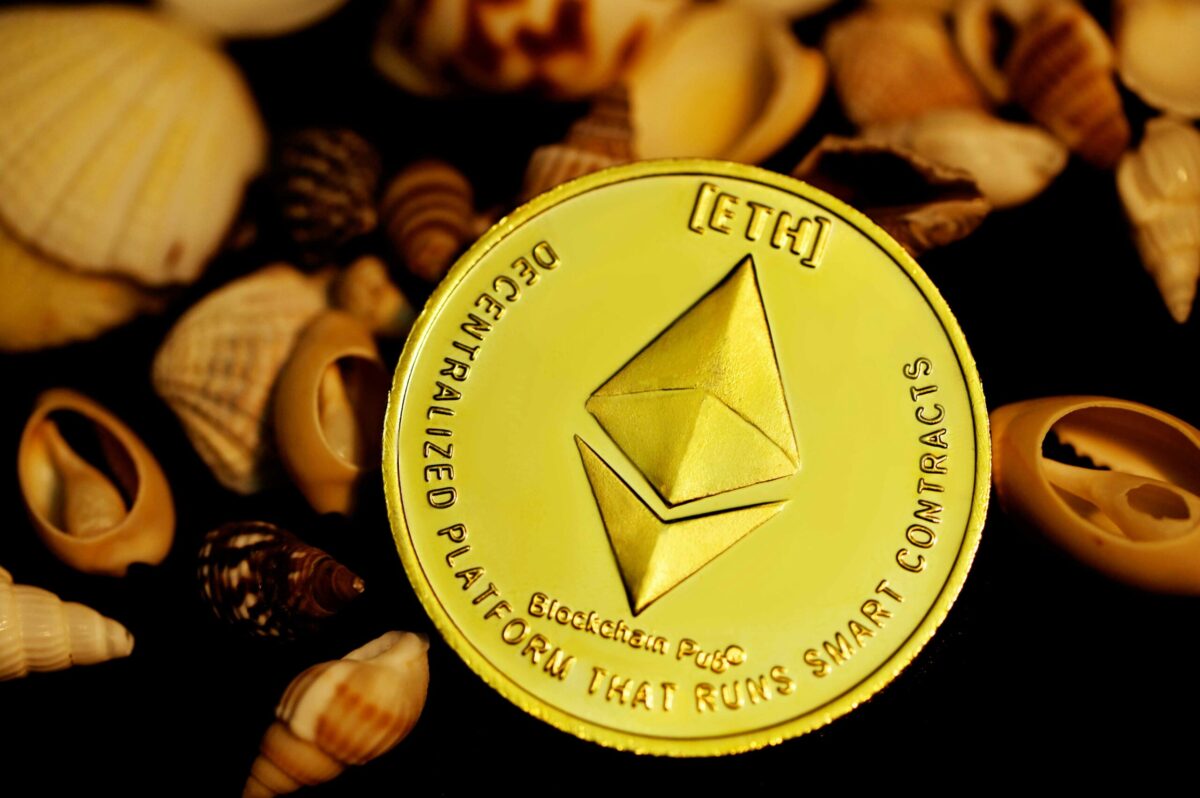Sam Bankman-Fried faced daily losses of up to half a million dollars following the launch of Alameda Research, according to Michael Lewis’ recent biography Going Infinite.
SBF raised almost $170million from the Effective Altruism community, a group who donates to causes serving the community.
He ended up losing almost all of it after implementing risky high frequency trading strategies. Fortunes eventually turned after the hiring of Gary Wang and Nishad Singh, both of whom have since pleaded guilty to fraud charges.
Now, the Alameda and FTX founder Bankman-Fried is standing trial for seven charges, including fraud and money laundering.
Going Infinite unveils Alameda’s losing strategies
Bankman-Fried’s strategy for the raised funds was to leverage high-frequency trading methods. These identify and capitalise on price differences across various markets by making lots of trades.
Another strategy implemented was an automated trading bot named Modelbot, which was designed to handle almost 500 tokens across various exchanges. However, this underperformed due to its inability to distinguish between major cryptocurrencies like Bitcoin ($BTC) and Ethereum ($ETH) and less traded memecoins.
SBF’s overall strategy failed and Alameda was bleeding money. Lewis mentions a particular month where the daily loss amounted to over $500,000.
Alameda’s recovery phase
The trajectory for Alameda began to change with the introduction of Gary Wang and Nishad Singh to its team.
Wang is credited with the development of a quantitative trading system that steered Alameda towards profitability.
Meanwhile, Singh’s operational strategies set the foundation for the creation of the now defunct cryptocurrency exchange, FTX.
Legal drama for Alameda
Wang and Singh have since pleaded guilty to multiple charges of fraud. Allegations suggest that Wang’s coding for FTX allowed the misdirection of customer funds, with Alameda CEO Caroline Ellison reportedly channelling those funds into Alameda’s trading activities.
Meanwhile, documents revealed that Singh extracted $6m for personal use in 2022, shortly before Alameda’s bankruptcy in November.
“I am unbelievably sorry for my role in all of this,” said Mr Singh, who faced civil and criminal fraud charges. He vowed to repay all of the acquired funds.
Going Infinite
As the crypto mogul Bankman-Fried faced his downfall last year, it was unveiled that Lewis had been tracking his journey for an upcoming book.
Lewis, known for bestsellers such as ‘Liar’s Poker’ and ‘The Big Short”, and with a history as a bond salesman at Salomon Brothers, released his biography on Bankman-Fried on 3 October. This date coincided with the start of the FTX founder’s trial.
The book shed light on numerous controversies. One prominent example was Bankman-Fried’s decision to halt his employees from cashing out their SRM tokens, fearing it might make them too wealthy to continue their jobs.
In 2021, FTX staff members saw a potential windfall as the value of Serum’s SRM tokens, of which they held substantial amounts, surged.
However, this uptick in value was a concern for Bankman-Fried, who supported Serum. He believed that the newfound wealth might diminish employees’ commitment to long hours at FTX, given their elevated financial statuses.
In response, Bankman-Fried amended the guidelines, imposing an extended lock-up period for SRM tokens, delaying employees’ ability to liquidate them.


